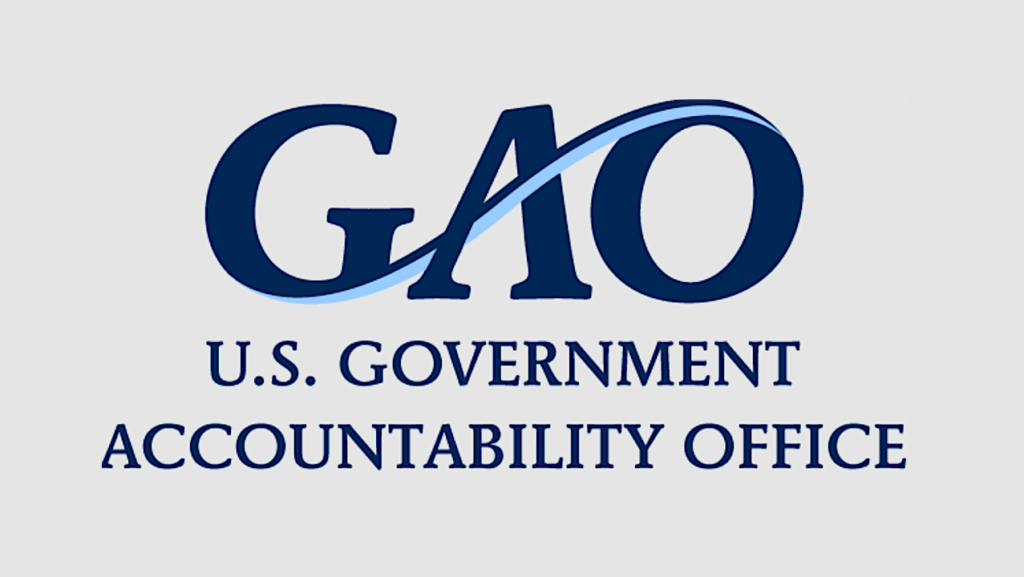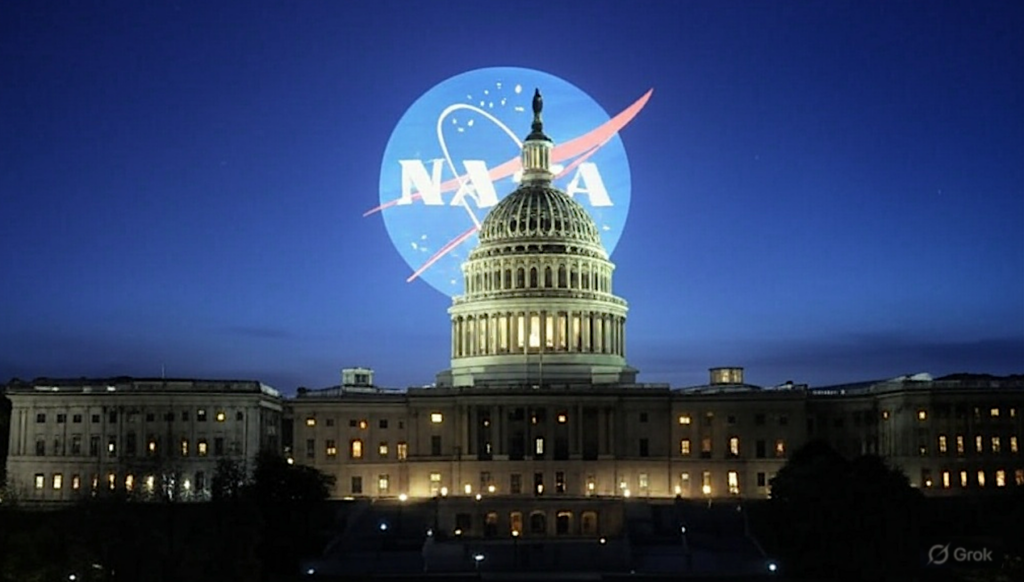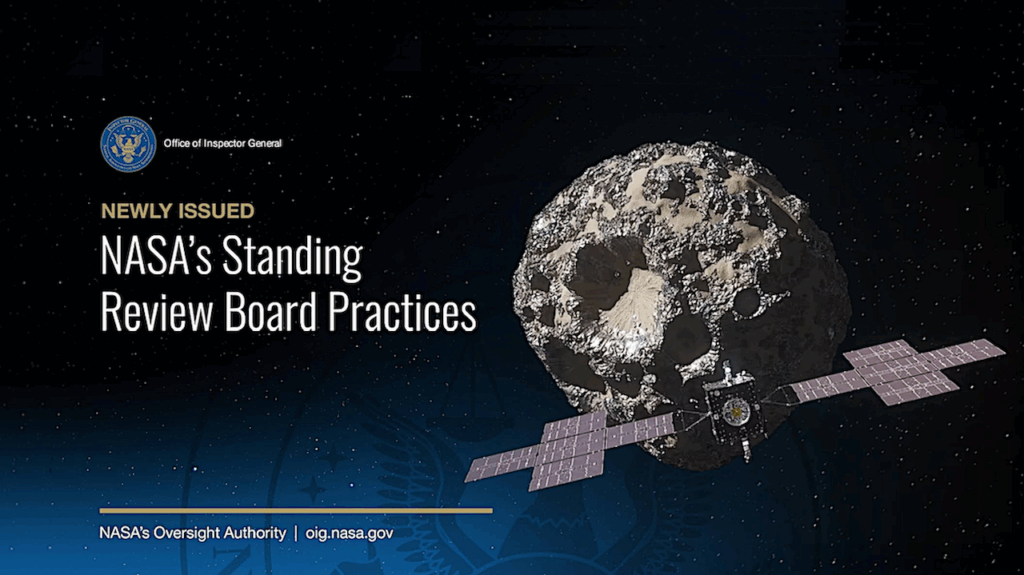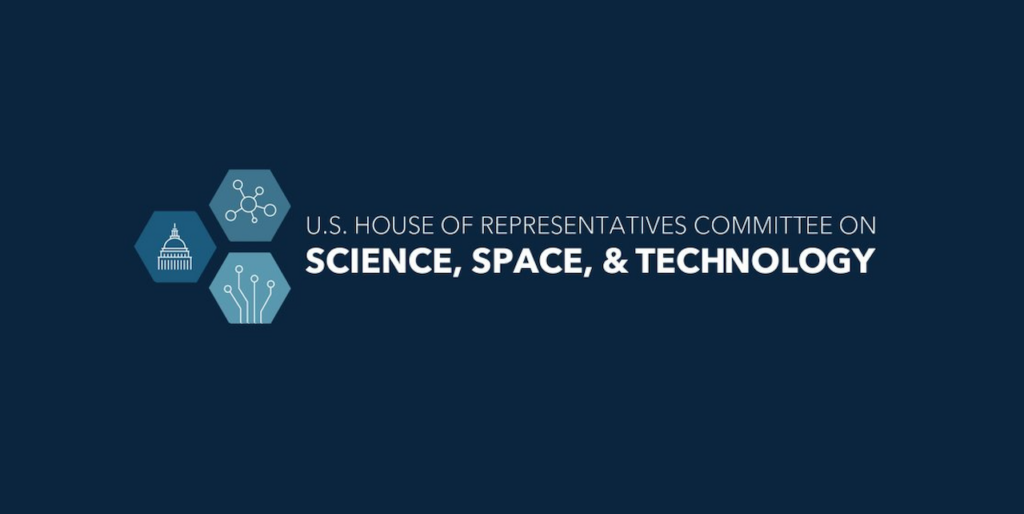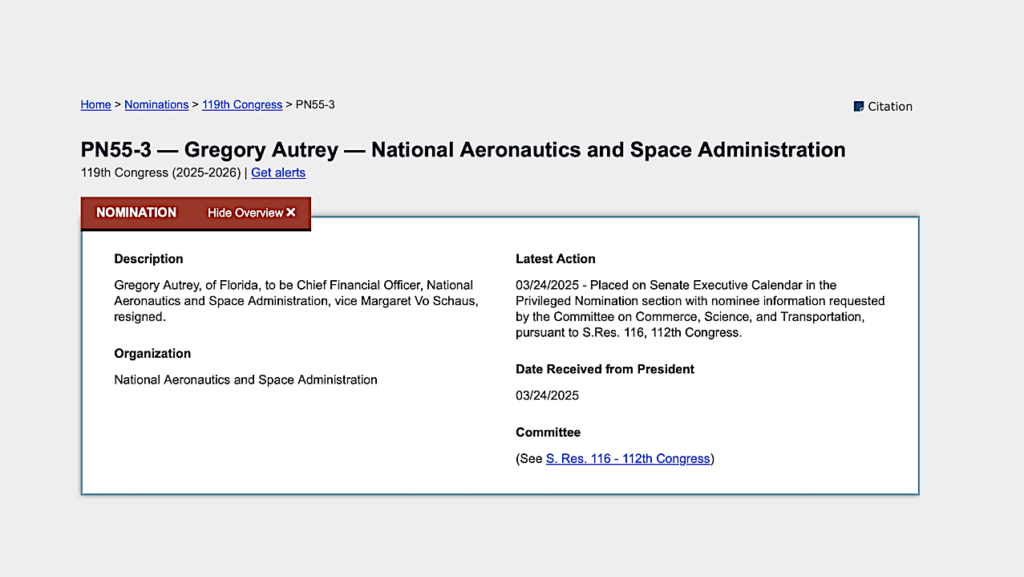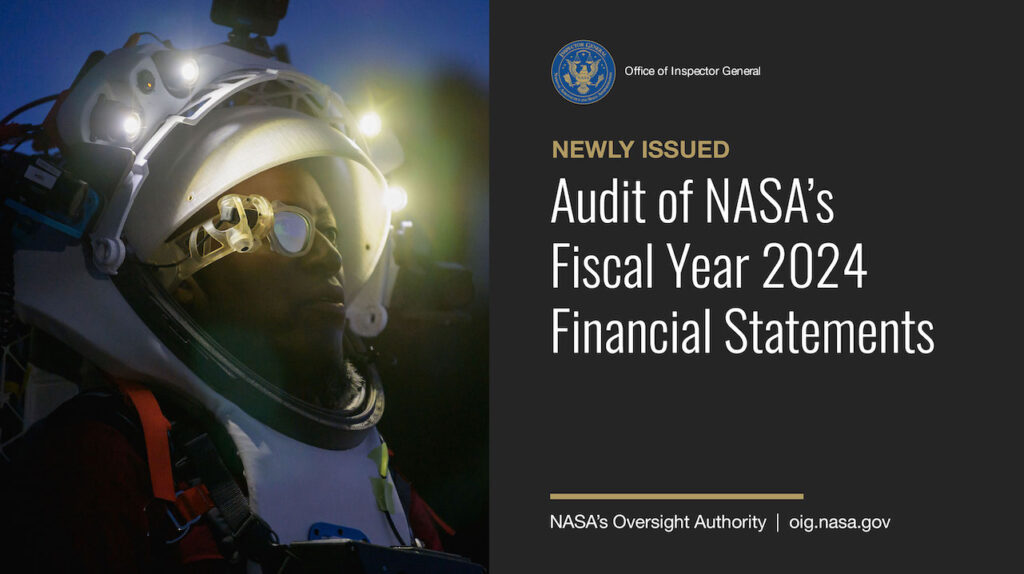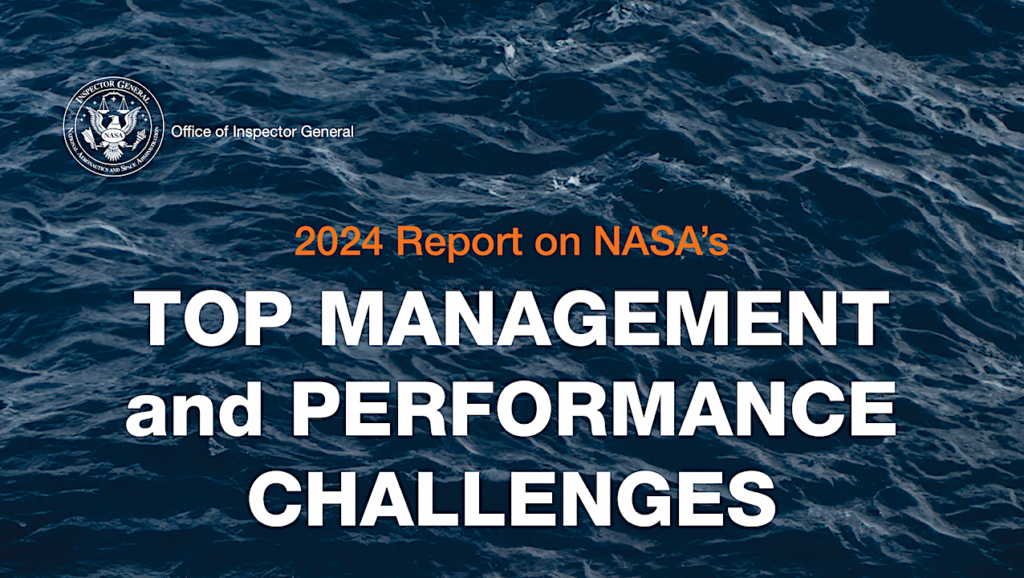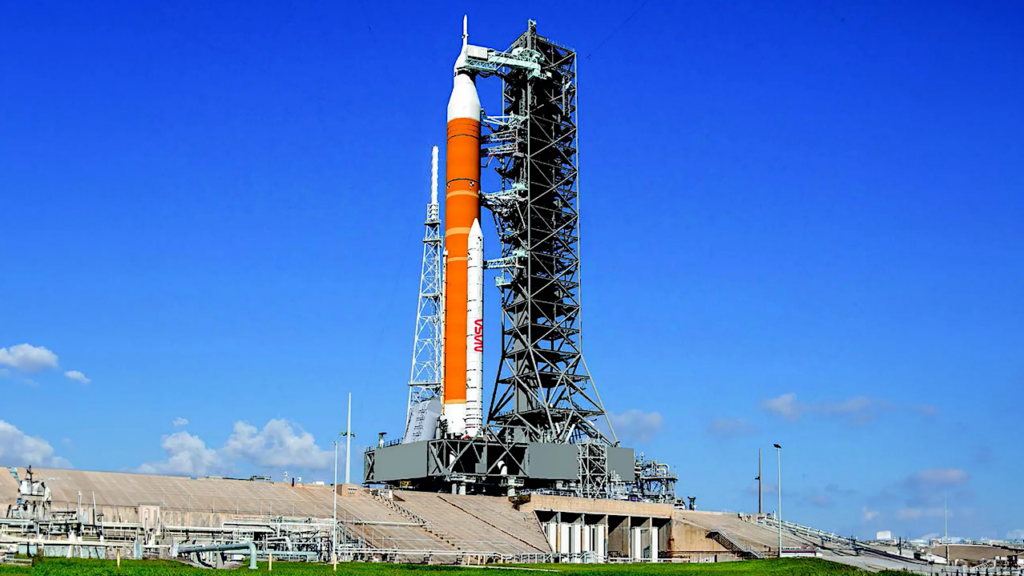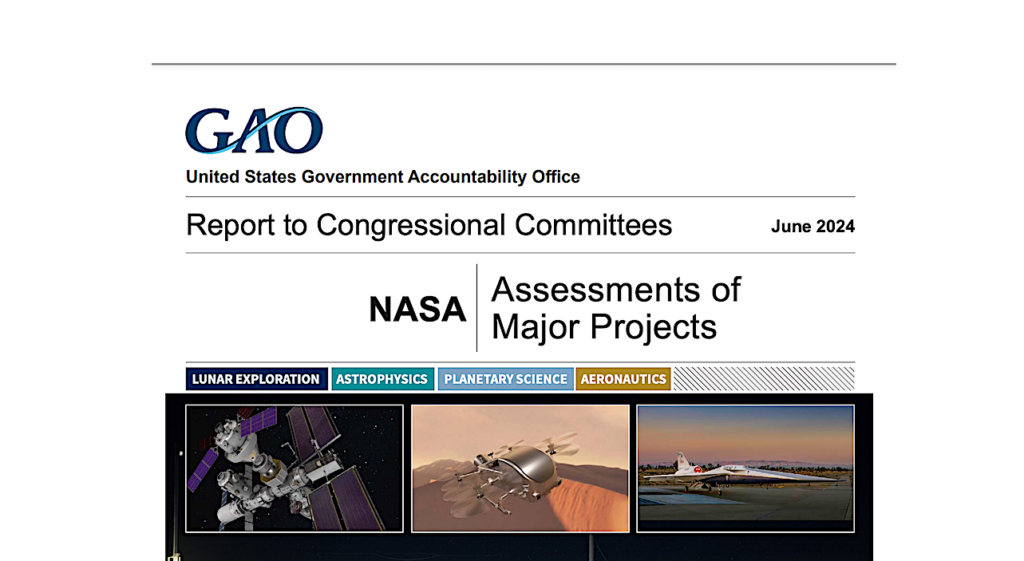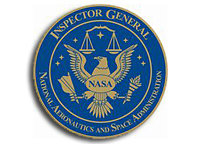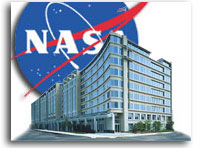Keith’s note: House Committee on Science, Space, and Technology Chair Brian Babin and Senate Committee on Commerce, Science, and Transportation Chair Ted Cruz sent a letter to the Acting NASA Administrator Sean Duffy urging “swift implementation of the nearly $10 billion investment they championed through the One, Big, Beautiful Bill Act (OBBBA). They requested a detailed spending plan from NASA that aligns with congressional intent and maintains U.S. leadership over China in the escalating space race.” Full letter
(more…)Keith’s note: According to this NASA OIG report NASA’s Standing Review Board Practices: “Standing Review Boards (SRB) conduct independent assessments of programs and projects and offer recommendations to improve performance and reduce risk. However, the SRB process lacks Agency-level oversight, improved SRB composition and training can add greater value to the assessments, improvements are needed to ensure adequacy of SRB engagement and accuracy of information provided to decision-makers, and the SRB process does not adequately capture lessons learned.”
(more…)Keith’s note: according to this Reuters article: “NASA Chief of Staff Brian Hughes speaking at the same town hall, agreed, saying it would “probably be considered irresponsible” to wait for the congressional budget process. The letter added that Hughes recently ordered NASA science programs targeted for cancellation in Trump’s budget request to stop issuing press releases celebrating new scientific results and achievements.” In addition, senior staff at recent meetings at NASA with Hughes have been told not to expect any help from Congress in pushing back against the plan embodied in the President’s FY 2026 Budget Request i.e. multiple mission cancellations and large personnel layoffs. This is in direct contrast to an offer made last week to senior NASA staff by Acting Interim Administrator Duffy to listen to – and then consider – pushing for budget increases (restoration) for items planned for deletion – if a solid case can be made. And today the “Voyager Declaration”, signed by many NASA employees complaint about a variety of unpopular actions, certainly made national news. Word has it that Hughes and his staff were not at all pleased by this or the news coverage – especially CNN’s article. Meanwhile, consolidation of and deletion of various NASA social media accounts continues. Of course this has a side benefit of allowing those missions now scheduled to go away to not have any mention made of whatever scientific results they are still quite capable of providing. This of course hastens the ability for them to just fade away.
(more…)Keith’s note: The following was issued by House Space and Aeronautics Subcommittee Democrats: Yesterday, Ranking Member Zoe Lofgren (D-CA) and Space and Aeronautics Subcommittee Ranking Member Valerie Foushee (D-NC) wrote a letter to National Aeronautics and Space Administration (NASA) Interim Administrator Sean Duffy warning him of the dire consequences to U.S. leadership in space if the administration illegally impounds congressionally appropriated FY25 funds for NASA. More below
(more…)Keith’s note: Team DOGE tweeted this yesterday – $420 million in supposed savings but they only use the minimum number of words to fit into a tweet to explain. Then NASA PAO sends out a response to some media (but not others) with an attempt at an explanation: “NASA is committed to optimizing its workforce and resources in alignment with [DOGE] initiatives. As part of this effort NASA has identified and phased out $420 million in contracts that were determined to be redundant or misaligned with our core mission priorities. This streamlining effort ensures that taxpayer dollars are directed toward the highest-impact projects while maintaining NASA’s essential functions at the highest level of execution. In total, we are aiming for these measures to result in considerably more savings for the American people, reinforcing our commitment to efficiency, innovation, and continued leadership in space exploration.” Huh? I’d like to ask for an explanation of the criteria used to review previously acceptable NASA financial grants, contracts etc. and how they determined if any of these things were now suddenly “redundant or misaligned” or what is “highest impact” vs “lower impact” means – i.e. how is it defined. But PAO would simply send more word salad – if they even replied.
(more…)Keith’s note: Greg Autry has been nominated to be the next NASA CFO. In other words he’ll be NASA DOGEFather. Based on earlier public comments you can expect zero sympathy for the erasure of NASA’s greatest asset: its diverse expertise (see screen grab below). Update: official NASA words. Oh yes: they spelled his name wrong in the nomination. Nice way to start. “PN55-3 — Gregory Autrey — National Aeronautics and Space Administration https://www.congress.gov/nomination/119th-congress/55/3 — 03/24/2025 Placed on Senate Executive Calendar in the Privileged Nomination section with nominee information requested by the Committee on Commerce, Science, and Transportation, pursuant to S.Res. 116, 112th Congress.” (more below)
(more…)Keith’s note: this went out to a vast portion of the NASA workforce today. I guess we know what people will be working on over the weekend – spreadsheets, not brackets. From what I am told by NASA sources anyone can see virtually anything they want – even if it is not their own stuff. No, I do not have – or ever want – access to this sort of proprietary/confidential stuff. Full memo below (spreadsheet and link do not work).
(more…)Keith’s 15 Nov note: NASA used to be plague by awful financial audits. Then it cleaned up its act. You’d think that such good news would be worthy of some smart media placement i.e. so the story can get into the publication process well before the deadlines are reached and maximum eyeballs can see it. Or maybe on the following Monday when it would have a week to be seen. Guess again. NASA sent this media release out at 5:27 pm EST today “NASA Receives 14th Consecutive ‘Clean’ Financial Audit Opinion“. As I post this 4.5 hours later NASA has still made no mention of the stealth news at @NASA for its 83.7 million followers. @NASAOIG posted a tweet at 5:23 pm for its 7,000 or so followers to see. No mention on the main home page at NASA.gov unless you know to dig for it. Here is the actual report. Again, this is good news, right Marc Etkind? Or are y’all just phoning things in now – since who cares? 18 Nov update: well @NASA just tweeted a link at 5:00 pm EST – thus losing one media day.
(more…)2024 Report on NASA’s Top Management and Performance Challenges Full report. Excerpts:
- NASA has requested additional funding for Artemis systems through FY 2029, with the Artemis V mission delayed until 2030. At the same time, the lack of a comprehensive cost estimate for the Artemis campaign means that Congress and other stakeholders lack the level of transparency and insight needed about the long-term cost, feasibility, and sustainability of the effort.
- NASA expects to continue operations and maintenance of the Station through 2030. However, as the Agency delays the retirement of the ISS farther into the future, a variety of long-standing challenges will continue to intensify. These include maintaining and upgrading the Station, managing cargo and crew transportation constraints, and solidifying a transition and controlled deorbit plan.
- We also continue to identify funding instability as an impediment to NASA’s project management success. Unstable or uncertain funding, whether in terms of the total amount of funds dedicated to a project or the timing of when those funds are disbursed to the project, can result in inefficient management practices that contribute to poor cost, schedule, and performance outcomes. Protecting Ocean Worlds: Europa Clipper Planetary Protection Inputs To A Probabilistic Risk-based Approach
- Though the volume of interest in private astronaut missions has exceeded NASA’s expectations, significant demand for commercial activity in other sectors—such as in-space manufacturing and marketing products for sale on Earth—has yet to materialize. It is too early to determine the extent to which private astronaut missions will help facilitate a commercial market in LEO.
- At the end of 2023, approximately 64 percent of NASA employees worked in science and engineering occupations, yet the Agency remains at risk from a shortage of such staff due to increased competition for talent from the growing commercial space industry. NASA’s STEM engagement efforts have faced significant challenges over the past two decades including shifting administration priorities and declining budgets.
- much of NASA’s current infrastructure dates to the Apollo-era of space exploration and is in marginal to poor condition. As of July 2024, more than 83 percent of NASA’s facilities are beyond their original design life.
- Another area that we identified is NASA’s management of its cost-plus contracts for development efforts such as the SLS, Orion, and ML-2. These programs have experienced years of delays and billions of dollars in cost increases, due in part to payment of overly generous award fees that we have found to be inconsistent with contractor performance. Award- fee contracts are designed to incentivize contractors and reward strong performance, and these fees are in addition to the amounts paid to reimburse them for actual costs incurred.
Keith’s Note: When Senator Administrator Bill Nelson walked in the door at NASA they thought Mobile Launcher 2 would cost $500 million. NASA OIG now says that it will have cost $2.7 billion by the time Bechtel delivers it. Add in delays and cost overruns in the overall Artemis project and the ever slowing launch cadence between missions and you have to wonder why NASA is building something that it simply does not need and probably never did. And when OIG suggests that NASA convert this to a fixed cost contract to nail down the final costs NASA says “no”. Bill Nelson gets mad about China beating the U.S. (back) to the Moon when NASA is doing a great job of allowing that to happen. According to OIG: “NASA projects the ML-2 will cost over three times more than planned. In 2019, NASA estimated the entire ML-2 project from design through construction would cost under $500 million with construction completed and the ML-2 delivered to NASA by March 2023. In December 2023, NASA estimated the ML-2 project would cost $1.5 billion, including $1.3 billion for the Bechtel contract and $168 million for other project costs, with delivery of the launcher to NASA in November 2026. In June 2024, NASA established the Agency Baseline Commitment (ABC)—the cost and schedule baseline committed to Congress against which a project is measured—for a ML-2 project cost of $1.8 billion and a delivery date of September 2027. Even with the establishment of the ABC, NASA intends to keep Bechtel accountable to the cost and schedule agreed to in December 2023. Despite the Agency’s increased cost projections, our analysis indicates costs could be even higher due in part to the significant amount of construction work that remains. Specifically, our projections indicate the total cost could reach $2.7 billion by the time Bechtel delivers the ML-2 to NASA. With the time NASA requires after delivery to prepare the launcher, we project the ML-2 will not be ready to support a launch until spring 2029, surpassing the planned September2028 Artemis IV launch date. NASA officials disagree with our analysis and expect cost growth to lessen over time now that Bechtel has started construction of the launcher. The Agency believes this is an area of expertise for the contractor. While progress has been made with the beginning of construction of the ML-2, it is still too early to determine the impact on the contract’s continued cost growth and whether Bechtel can achieve and sustain an improved level of performance throughout the construction phase.” Full report: NASA’s Management of the Mobile Launcher 2 Project
(more…)“Since 2023, NASA’s cumulative cost and schedule performance has improved. Cost overruns decreased from $7.6 billion in 2023 to $4.4 billion in 2024. Schedule overruns decreased from a total of 20.9 years in 2023 to 14.5 years in 2024. These decreases are primarily because two projects, the Space Launch System and Exploration Ground Systems, demonstrated their initial capability and left the portfolio. Previously, these projects accounted for $3.6 billion in cost overruns and each experienced delays of 4 years. … Regardless of their category, most of the projects in development did not experience annual cost growth or schedule delays since 2023. Specifically, 11 out of the 16 major projects in development did not experience cost growth in 2024, and 13 out of the 16 reported no schedule delays this year. … Five of the 16 projects experienced cost growth since our last report, which increased the development portfolio’s estimated overruns by $476.6 million. … In March 2024, NASA announced that it was canceling OSAM-1, a category 1 project with a history of poor cost and schedule performance. … NASA delayed setting cost and schedule baselines for the Mars Sample Return (MSR) mission, a category 1 project with a potential life-cycle cost of $8 billion to $11 billion.” Full report
(more…)GAO Report: Priority Open Recommendations: NASA “What GAO Found In June 2021, GAO identified 11 priority recommendations for the National Aeronautics and Space Administration (NASA). Since then, NASA has implemented four of those recommendations by, among other things, establishing a process for aggregating and assessing cyber risk information from across NASA, and approving an updated cost and schedule baseline for the second test flight of the Orion crew vehicle for […]
NASA GAO Report: NASA’s Compliance with the Payment Integrity Information Act for Fiscal Year 2021 “We found that NASA was not in compliance with PIIA for FY 2021 because it did not publish improper payment estimates for the Space Launch Sy stem (SLS) program in the accompanying materials to the AFR as required by the statute. In our FY 2019 improper payment compliance audit, we reported that NASA failed to […]
NASA Statement on Nomination of Margaret Vo Schaus for Agency CFO, NASA “[Margaret Vo] Schaus is a career member of the Senior Executive Service. Over the past decade, she has held numerous leadership roles with responsibility for the financial management and business operations of science and engineering organizations at the Departments of Energy and Defense. She currently serves as the director for business operations in the Office of the Under […]
NASA’s Management of the Gateway Program for Artemis Missions, NASA OIG “NASA selected Maxar in May 2019 to provide the PPE under a fixed-price contract because the Agency anticipated few design and development changes. However, the contract value has increased by $78.5 million since the award, with more increases expected to accommodate additional evolving requirements and technical challenges. PPE has also experienced other contract management challenges, including the collapse of […]
NASA OIG: NASA’s Management Of Its Acquisition Workforce “In addition, 95 percent of NASA’s certified acquisition workforce met continuous learning requirements needed to maintain their certification in the reporting periods we evaluated. However, the Agency’s migration to the Federal Acquisition Institute Training Application System (FAITAS), the official system of record for acquisition programs, is incomplete. As such, NASA relies on multiple systems and stakeholders to manage these certification programs, reducing […]
OIG announces an audit assessing the effectiveness of NASA’s cost estimating and reporting practices for large, multi-mission programs such as those supporting the Artemis program. — NASA OIG (@NASAOIG) October 8, 2020 Keith’s note: This audit is stating the obvious. Its nice to see that OIG has finally decided to audit “NASA’s cost estimating and reporting practices for large, multi-mission programs” given that all of its audits of “NASA’s cost […]
NASA Announces Ninth Consecutive Clean Financial Audit Opinion “The NASA Office of the Chief Financial Officer (OCFO) has led the way for an unmodified audit opinion on the agency’s fiscal year 2019 (FY 2019) financial statements. This represents NASA’s ninth consecutive “clean” opinion from an independent accounting firm – the highest opinion possible. “This audit opinion is an affirmation of NASA’s commitment to its fiduciary responsibility for maintaining the public […]
NASA Is Delaying The Launch Of Its $9 Billion Space Telescope — Again, Buzzfeed “Make no mistake, I’m not happy sitting here telling you this,” NASA’s Thomas Zurbuchen told reporters on a briefing about the delay. He deflected criticism from spacecraft contractor Northrop Grumman, saying, “we are part of the team that caused this problem and we are going to have to solve it together.” Blowing the budget cap for […]

